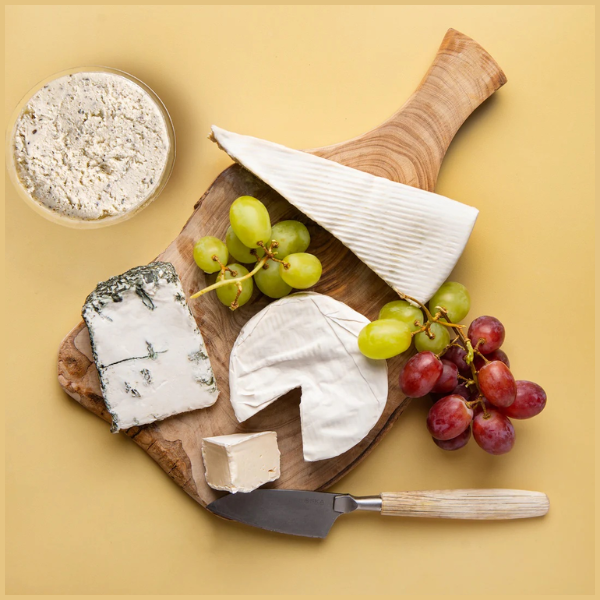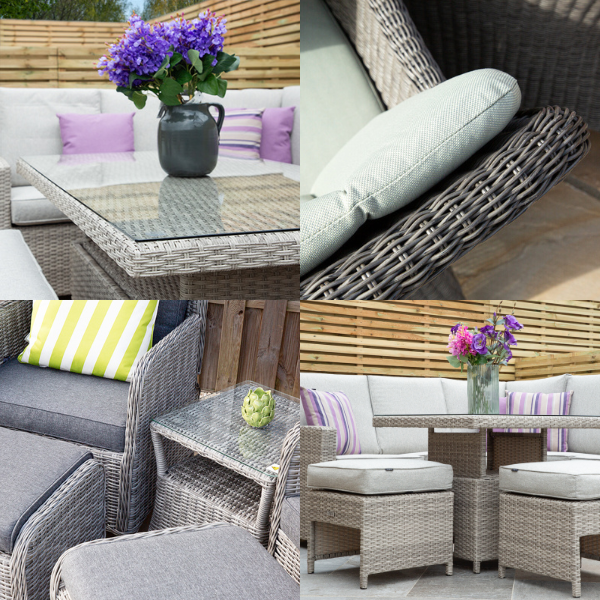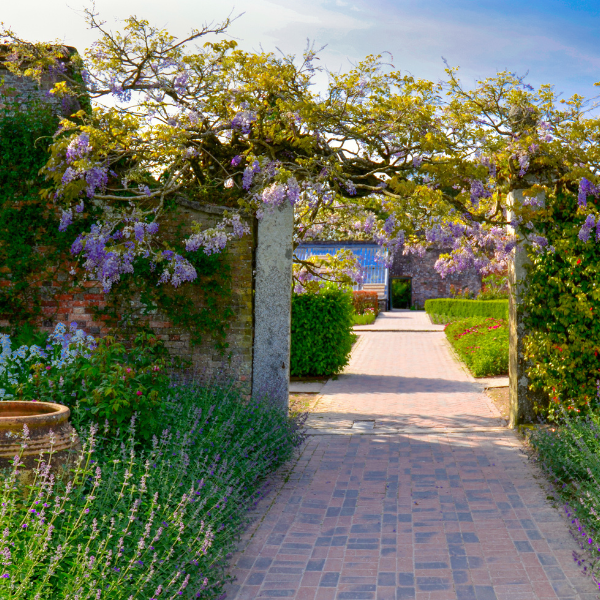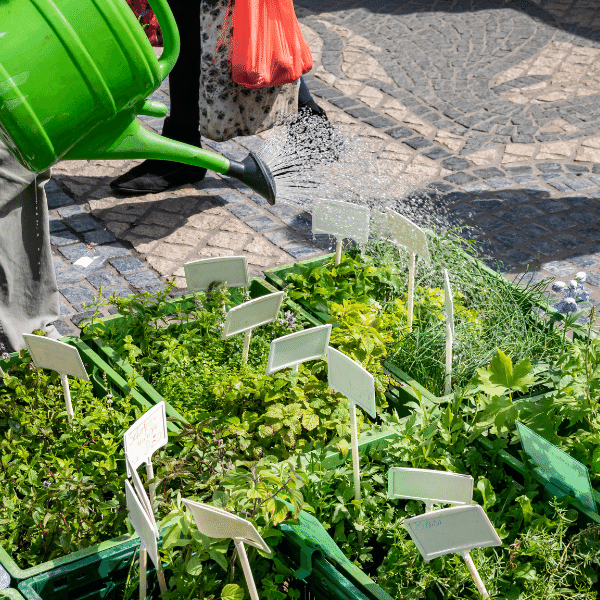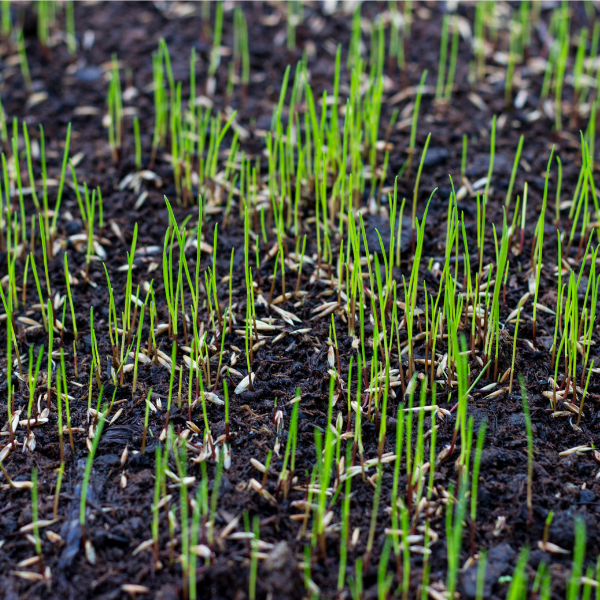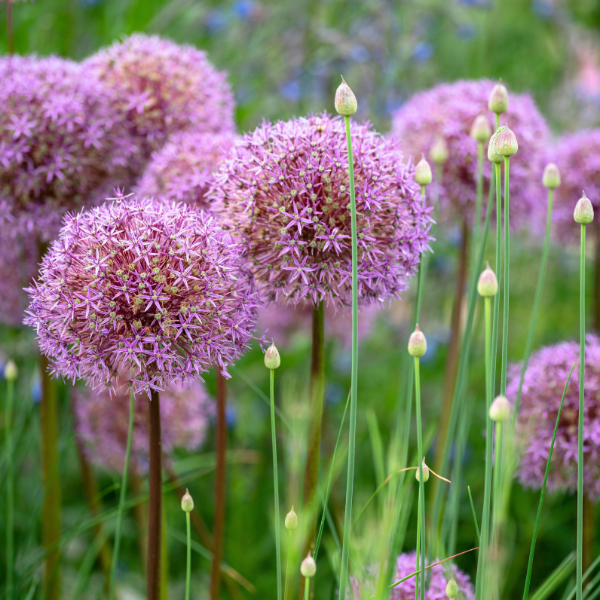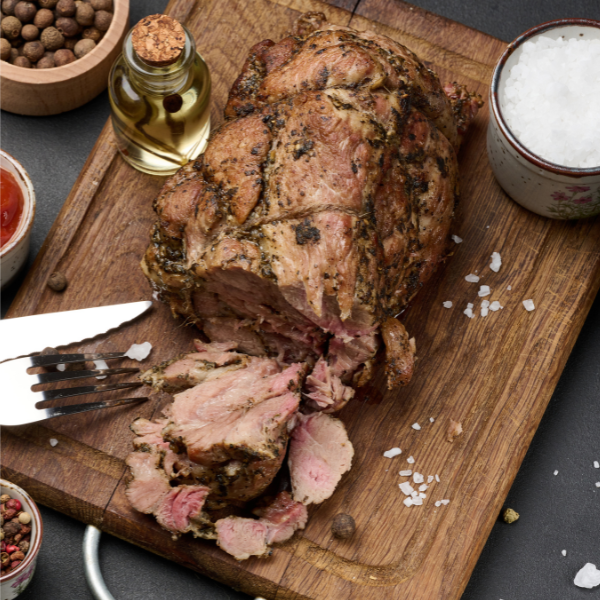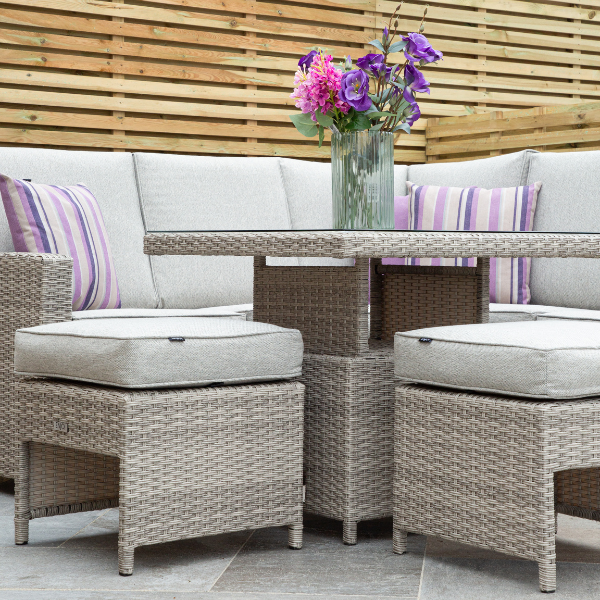Dahlia

Also known as: The Valley Flower
Dahlias were originally from central America and Mexico, they are tender perennials which means they continue to flower every year, but need protecting from colder temperatures, needing shelter and warmth, especially during the winter months. They grow from underground tubers, that usually need to be stored in a frost-free environment throughout winter, so that they are able to re-sprout in spring. They can sometimes survive the UK winter outdoors, but will need to be covered in a thick layer of insulating mulch and cared for on a frequent basis.
Dahlias are definitely a long-standing favourite amongst the budding gardeners due to their bold and delicately layered petals. Dahlias have been widely bred because of this exact reason and there are now thought to believe over hundreds, maybe thousands different varieties of them. When it comes to choosing a Dhalia, it narrowly comes down to an individual's own personal taste, from height, to flower colour and size, it also matters what area the plant is going to fill, so think about this carefully.
It's worth considering:
- Different sizes suit different planting spots. Shorter Dahlias are better for bedding spots and taller varieties are better for mid-border positions and will need staking for support.
- Single flower Dahlias are best for pollinators
- Although it is a longer process, growing from seed is a cost-effective way to create larger displays




Dahlias need a warm, sunny but sheltered spot. Like a lot of plants, they like rich, fertile soil that is moist but free draining. They hate extremely dry conditions and can rot in waterlogged soil. Dahlias grow in most types of soil but because they have tender tubers which will grow for the following year, these definitely need to be dug up and stored indoors over winter, they won’t survive winter outdoors especially if in heavy soil. Small bedding Dahlias can be grown in large containers, but if you are buying larger versions, they will need space from the plants surrounding them.
Dahlias should be kept indoors until the threat of frost is over. If tubers are stored from previous years in greenhouses, they will start their growth earlier. The plants can be transported to outdoors, usually late May or early to mid-June. If buying Dahlias from a garden centre that are already budding and, in a container, these can be planted straight away during the summer months.
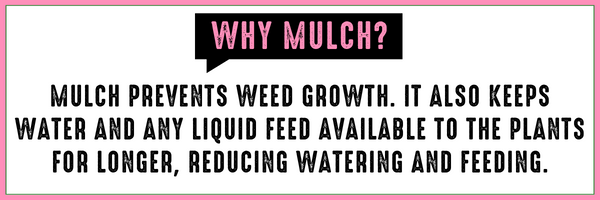
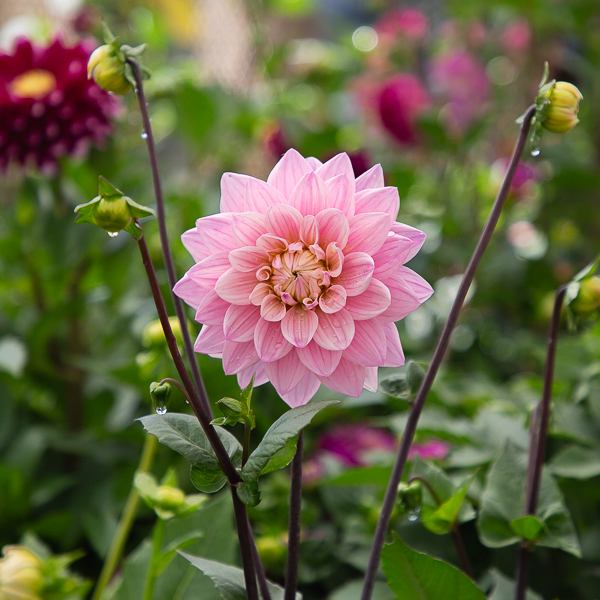
Problems that can occur with Dahlias:
Slugs particularly enjoy the young growing shoots, always make sure you put protection on the stalks etc when first planted and aphids such as the blackfly can colonise succulent new growth. Other pests like earwigs, caterpillars and thrips also adore Dahlias, so always keep an eye out for these, especially when the plant is younger.
Soil-borne fungal diseases that include any type of wilt can affect Dahlias at any stage of their lifespan. The plant will often start to dry up on one side and slowly wilt, this can be devastating to see.
Overwatered Dahlias will begin to also wilt and become limp. You may notice the plant becoming spotty with yellow and brown patches along the leaves, this is when the plant starts to die and the stems become soft and mushy. The browning can extend to the flowers too, with the edges becoming dry due to the fact the roots draw up all the moisture.
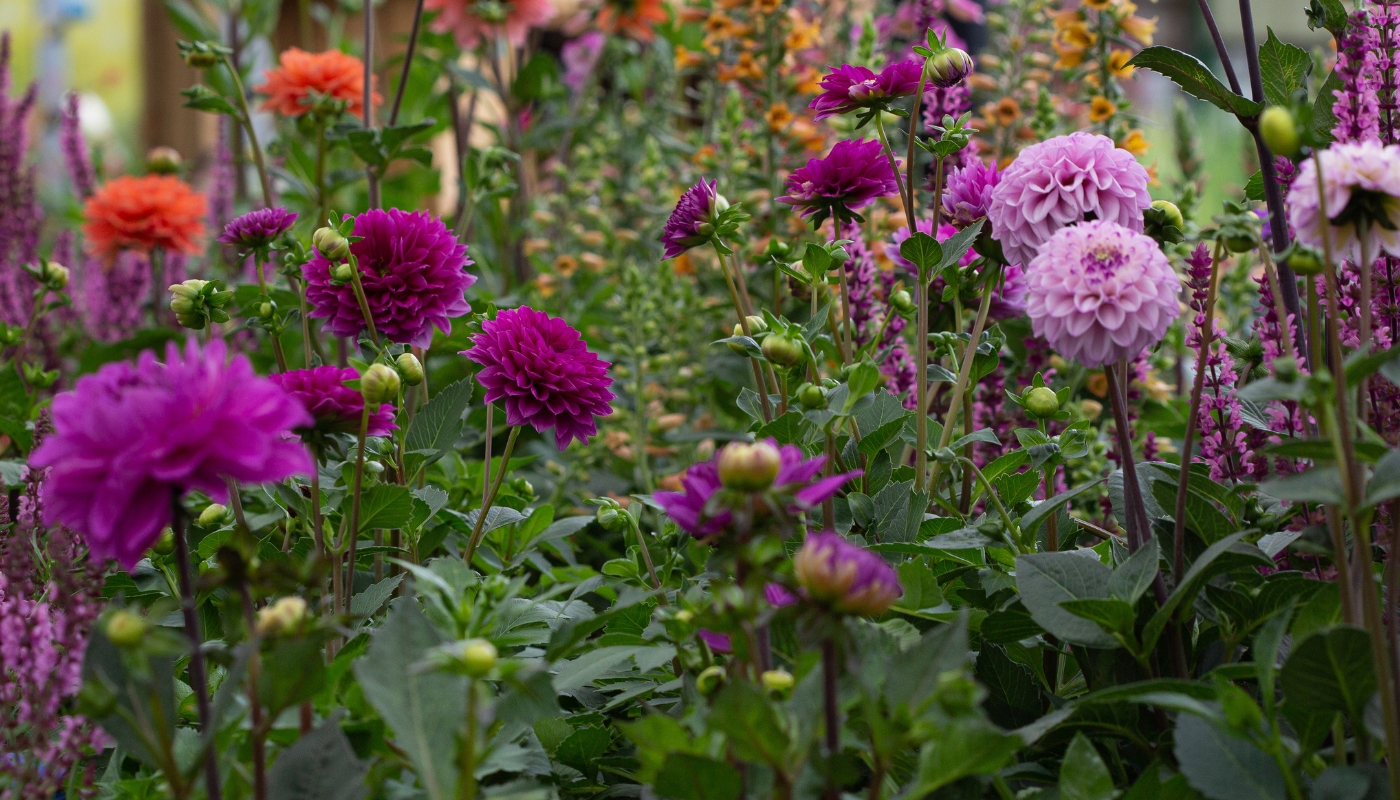

 2,768 REVIEWS
2,768 REVIEWS